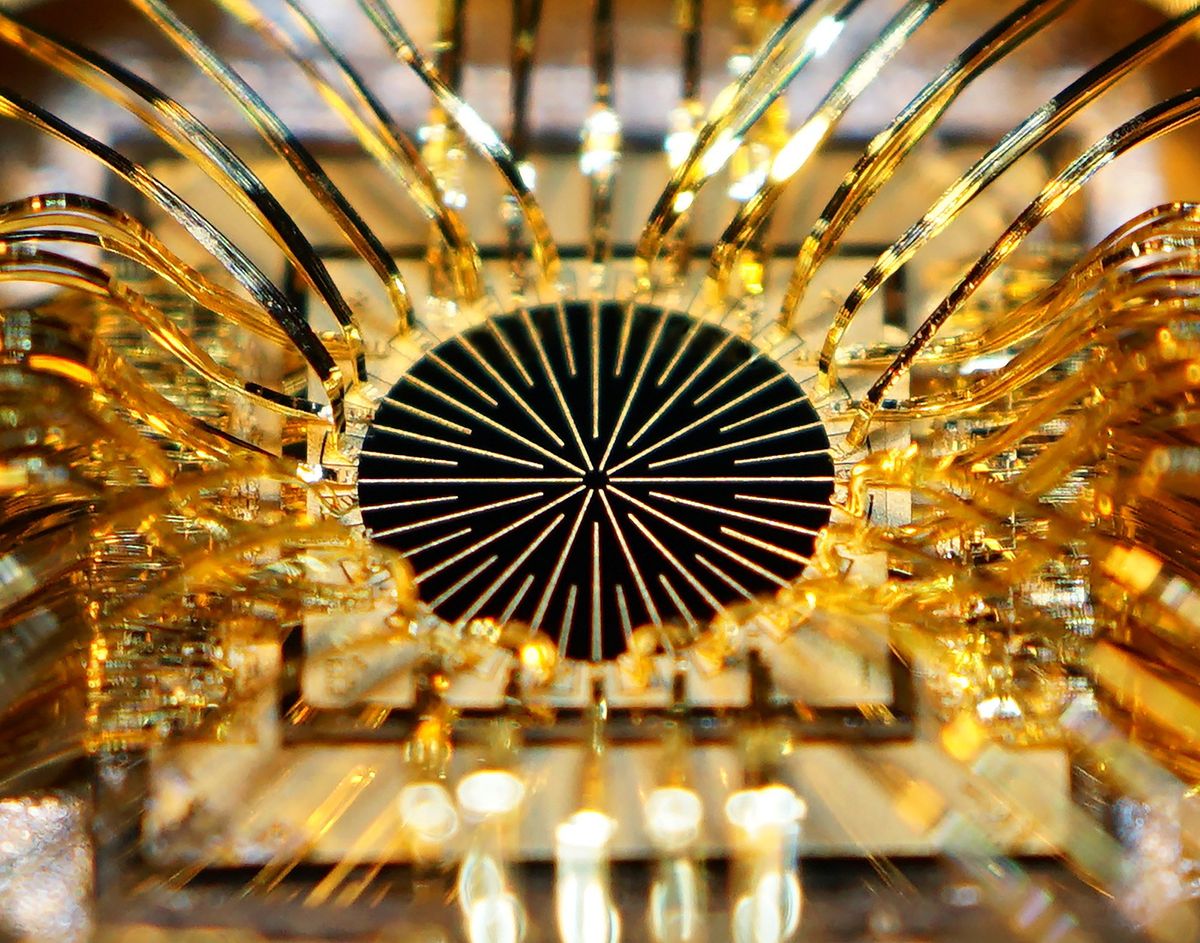Gamers are using consoles to watch movies, but will they use them to read books? Maybe so. In an interview with the Financial Times, Nintendo president Satoru Iwata says “I’m interested because it’s a new business model in which the user doesn’t bear the communications cost."
Nintendo is actually already into the e-books business with a classic novel collection for the DS handheld. I described this in a commentary for National Public Radio, which you can listen to here. Or read the transcript:
Do gamers read? To me it's always been a silly thing to ask, like wondering if gamers sleep or wash. It's as if by picking up an Xbox controller, a person ceases to be human, that ordinary values and interests get unplugged, that after a few rounds of Grand Theft Auto, all that's left in front of the TV is a twitching Neanderthal with big thumbs and a tiny brain.
Players don't have to defend themselves against this charge anymore. Video game culture hit an important milestone with this year's release of the 100 Classic Books Collection for the Nintendo DS handheld game system. Plug the cartridge into your DS and you get a choice of electronic books to read - from Jane Austen's "Pride and Prejudice" to William Shakespeare's "Twelfth Night."
The experience is ideally suited for the DS, which has two screens. Hold the DS upright and you'll see a page of text on each small menu. To turn pages, you tap the screen with your stylus. To keep your place, you press a button and a brightly-colored bookmark awaits your return.
There are gamey features, too. If you're not sure what you feel like reading, the DS will suggest a book based on how you answer a quick quiz about your mood. What did you dream about last night? Something scary? If so, then the pages of "The Strange Case of Dr. Jekyll and Mr. Hyde" by Robert Louis Stevenson might materialize on your screen.
Gamers who crave more atmosphere for their reads can select from ambient background audio like a soothing beach or bustling airport. And not to worry -if you burn through the 100 available books, with a wireless Internet connection, you can download more.
While a Nintendo DS won't replace Amazon's Kindle e-book reader, it marks a significant advance, just as Guitar Hero and Rock Band turned a new generation onto classic rock artists, like Rush and The Who, publishers and authors can now rethink how they reach this audience, too. Grand Theft Dickens may be coming your way soon.
David Kushner is the author of many books, including Masters of Doom, Jonny Magic & the Card Shark Kids, Levittown, The Bones of Marianna, and Alligator Candy. A contributing editor of Rolling Stone, he has written for publications including The New Yorker, Vanity Fair, Wired, and The New York Times Magazine.


